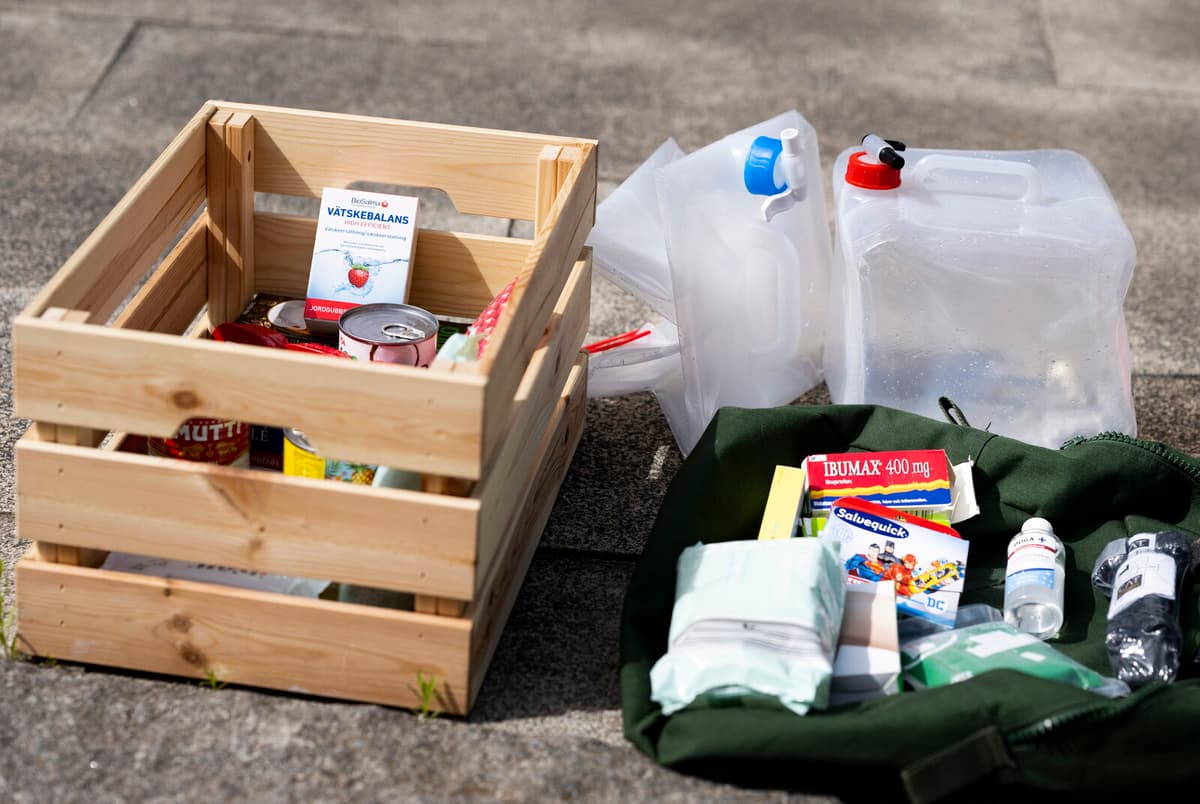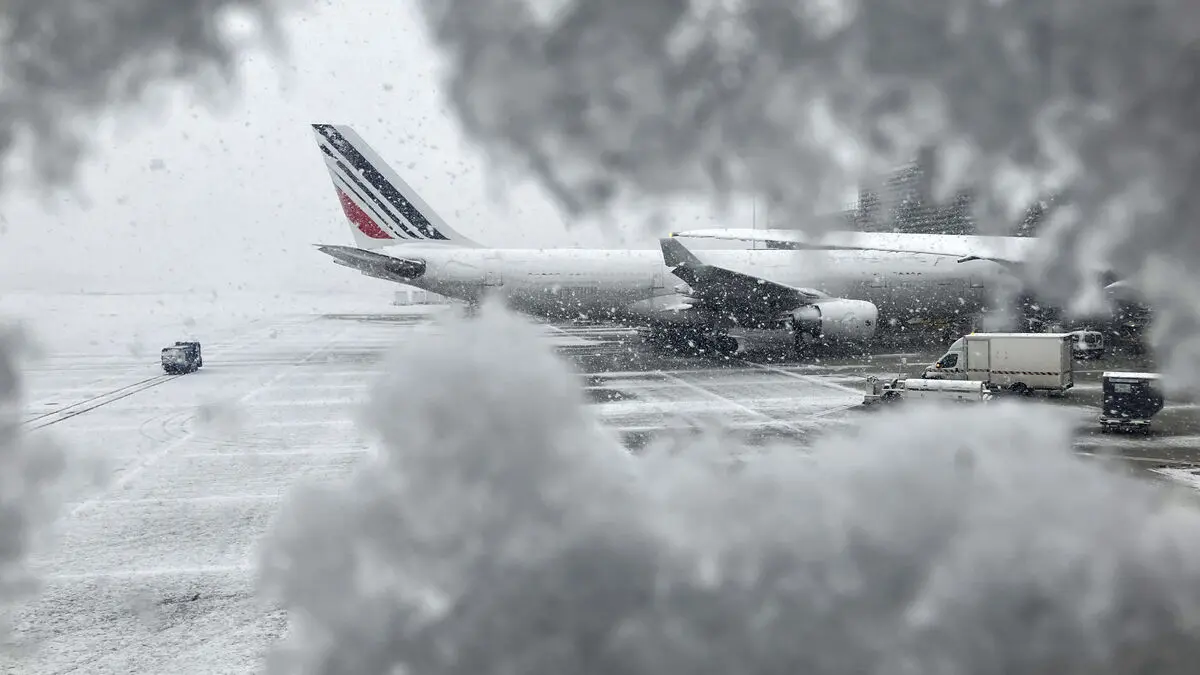Nearly six out of ten state that they have made preparations at home to cope with a crisis, according to the Novus survey. This is more than a doubling compared to a similar survey from 2021.
This can involve storing food, having a first aid kit, a water reserve, or having a crisis plan.
Crisis preparedness varies
Among households with an annual income of over 800,000 kronor, 70 percent state that they have made preparations to cope with a crisis, compared to 51 percent in households with an annual income of 299,000 kronor or lower.
Among people with a university education, 66 percent state that they have taken measures, while 44 percent with a high school education or lower state the same.
This is a natural consequence of the socio-economic gaps and one needs to invest more resources to make it more equal, says Secretary-General Ulrika Modéer.
Not about lack of knowledge
As a society, we are not stronger than our weakest link, so it is in everyone's interest that everyone has higher crisis preparedness, she says.
Reducing socio-economic gaps is what is required for more people to prepare better for crises, Modéer believes.
The public and private sectors, as well as civil society, all have a responsibility in this.
Few want to ask their neighbor for help
Only 46 percent state that they are willing to ask their neighbors for help in a crisis, something that the Red Cross Secretary-General thinks is an alarmingly low figure.
Trust in Swedish society is something that must be nurtured and developed.
The survey was conducted between August 14 and 21 and was answered by 1,084 people.
Here are tips on things that are good to have at home in the event of a crisis in society. Think about what you can share and what you can borrow from each other.
Radio that runs on batteries or with a hand crank/solar cells.
Flashlight and lantern with extra batteries.
Bottles and cans with clean water.
Food that does not require refrigeration or freezing. Food that can be eaten directly or cooked without water.
Camping stove and fuel. Use outdoors preferably.
Sleeping bags, blankets, and warm clothing.
Matches, candles, warm candles.
Kerosene lamp and fuel, for example, lamp oil or kerosene. Think about having good ventilation.
Alternative heat source powered by kerosene, gas, diesel, or wood.
Home pharmacy, for example, first aid kit, wound care, and any vital medications.
Hygiene items, for example, wet wipes, hand sanitizer, diapers, and menstrual protection.
Extra batteries, charged power banks.
Cash, if credit cards stop working.
List on paper with phone numbers to family, relatives, neighbors, hospitals, municipalities, rescue services, and electricity providers.
Source: The Swedish Agency for Civil Contingency Planning.






